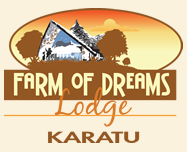At Kiliclimb Africa Safaris, we know that timing is crucial for an exceptional climbing experience on Mount Kilimanjaro. To maximize your chances of success and enjoyment, it’s essential to plan your trek during the most favorable conditions.
Short Dry Season (December to Mid-March)
The short dry season offers excellent conditions for climbing Kilimanjaro. With moderate temperatures and minimal rainfall, this period is perfect for clear views and a more pleasant trekking experience. The warmest months are December, January, and February, while March marks a transitional phase from dry to wet conditions.
Expect generally clear skies in the mornings and evenings, with occasional cloud cover and brief showers during the day. December and January are popular, especially around the holiday season, while February provides the clearest conditions. March can be unpredictable as it shifts from dry to the start of the rainy season.
Long Dry Season (Early June to October)
The long dry season is considered the prime time for summiting Kilimanjaro. During this period, the probability of rain is minimal, and skies are predominantly clear, offering unparalleled visibility. Although it’s colder, the dry weather is ideal for trekking.
This period coincides with summer vacations in the USA and Europe, making it the busiest time on the mountain. June is a transitional month, moving from wet to dry conditions, while July through October offer the best trekking conditions. July and August are the peak months for climbers, with September and October seeing fewer crowds.
Long Rainy Season (Late March to Mid-June)
The long rainy season is generally not recommended for climbing Kilimanjaro due to the increased likelihood of wet and slippery conditions. Late March signals the start of this period, leading to heavy rain, low visibility, and muddy trails. Climbing during these months can be challenging and is usually avoided by most trekkers. The trails are less crowded, providing solitude but with significant weather-related difficulties.
Short Rainy Season (November)
November brings the short rainy season, characterized by unpredictable weather with afternoon rains. Mornings and evenings are generally clear, making it a workable option if you prefer a quieter experience. While the rain is lighter compared to the long rainy season, it’s still advisable to prepare for variable conditions. November offers fewer crowds but be ready for occasional precipitation.
Summiting During a Full Moon
For a truly unforgettable experience, consider climbing Kilimanjaro during a full moon. The illuminated glaciers and peak create a breathtaking sight. Full moons occur once a month, and trekking during this time enhances visibility on the trail and during your summit attempt.
To catch the full moon, plan your 7-day climb to start 5 days before the full moon. Summit dates just before or after the full moon are also advantageous. Note that full moon climbs are popular and tend to book up quickly. If you prefer a less crowded experience, you might choose to climb outside of these dates.
A Call to Climb Mountain Kilimanjaro Before It’s Too Late
Mount Kilimanjaro’s glaciers, despite being situated near the equator, are rapidly diminishing due to global warming. The glaciers, which have been around for over 11,000 years, are shrinking at an alarming rate. Scientists predict that they may vanish by 2050. To experience these iconic ice caps, consider climbing sooner rather than later.
At Kiliclimb Africa Safaris, we are committed to ensuring your Kilimanjaro climb is not only successful but also aligned with your preferences and the best possible conditions. Plan your adventure with us and take one step closer to conquering the Roof of Africa.
Kilimanjaro - Useful Information
KILICLIMB ON MOUNTAIN KILIMANJARO
Regular Health Checks
Our guides monitor each climber’s health twice daily, using oximeters and stethoscopes to detect any signs of altitude sickness and ensure proper acclimatization. Equipped with comprehensive medical kits and personal health records for each climber, we can swiftly track progress and provide necessary medical information if evacuation is required.
Oxygen Provided on All Climbs
Oxygen cylinders are included in the climb fee—no extra cost. We supply enough oxygen for all climbers and staff, and additional tanks are available from our base at the foot of Kilimanjaro if needed.
Delicious and Nutritious Meals
Our mountain chefs prepare a variety of delectable and nutritious meals in a mobile kitchen, ensuring you enjoy top-quality food at high altitude. Regularly trained to cook effectively at altitude, they cater to all dietary needs, including vegetarian, vegan, and gluten-free options. Our guests often receive compliments and envious looks from other climbing teams!
None of us is as good as all of us.” By booking a safari, climb, or any trip with the Kiliclimb Africa Safaris team, you not only get an unforgettable holiday in Tanzania but also contribute to making the world a better place. We are proud to be a part of the communities we serve, dedicating 3% of our profits per trip to community support.












+255 768 735 700 (Managing Director)
+255 764 117 423 (Founder & Expert Guide)
